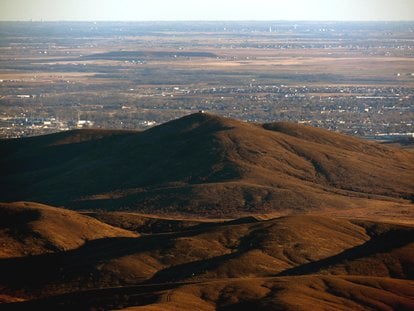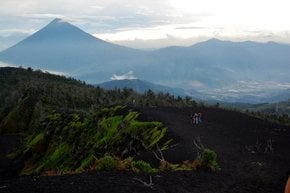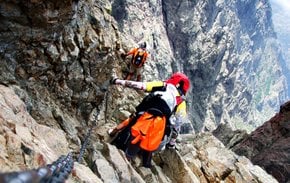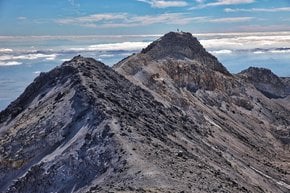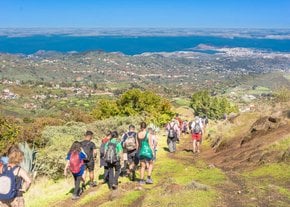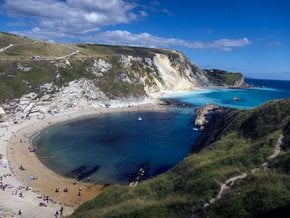Wichita Mountains in Oklahoma 2025
Home to American bison, white-tailed deer, and Rocky Mountain elk
Best time: spring | autumn (all year round)
Endless prairies with herds of bison and buffalo roaming free—that's a typical landscape of the Wichita Mountains in southwestern Oklahoma. It's the best destination in the state for hiking, mountain biking, rappelling, rock climbing, camping, and fishing. Granite rocks from Wichita Mountains are over 500 million-year which makes it an interesting site for geologists and other scientists. For wildlife observation, visit the Wichita Mountains Wildlife Refuge, near Cache, Medicine Park, Indiahoma and Lawton, Oklahoma (about 100 miles from Oklahoma City). A vast preserve is a favorite spot for photographers due to the abundance of Texas longhorn cattle, elk, prairie dogs, and deer. Drive through the scenic highway through the park to see its residents.
The most well-known hiking sites of the Wichita Mountains include the Forty-Foot Hole—a unique rock formation, Lost Lake with its waterfalls, the Narrows Canyon, Holy City of the Wichitas, Quanah Parker Lake & Dam, Lake Jed Johnson, and Lake Lawtonka. Hikers can visit Mount Scott, 751 m (2,464 ft), the second highest peak in the Wichita Mountains Wildlife Refuge. There are also many ranches and quarry operations, recreational homes and campsites. The best time to visit Wichita Mountains is spring and fall when it's not too cold or too hot.
The largest campsite is the Doris Campground with 47 tent sites, 23 RV sites and 20 sites along a trail. There is also backcountry camping at the Charon’s Garden Wilderness Area. The park is also home to several popular fishing lakes.



